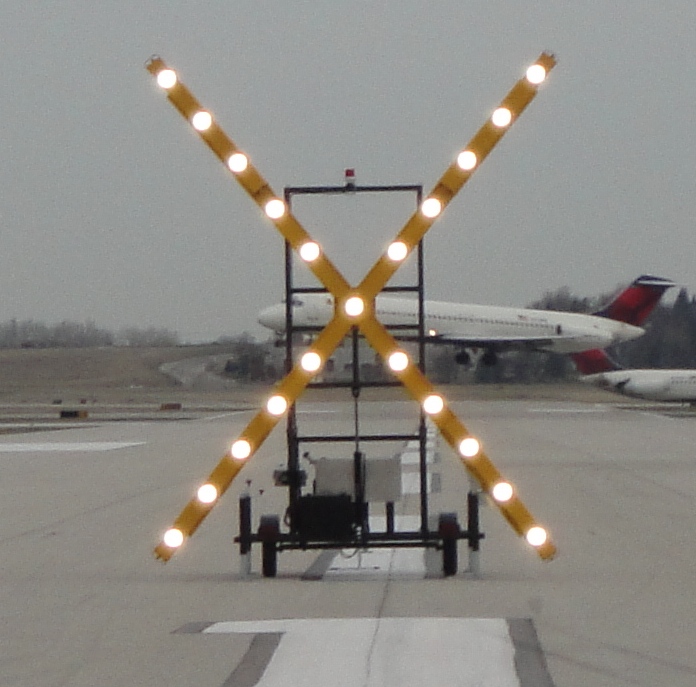

Jomo Kenyatta International Airport (JKIA) was on Monday morning closed by the Kenya Airports Authority after a Singapore Airlines cargo plane developed mechanical glitches, putting its single runway under the spotlight.
The KAA announced in a statement on Twitter that the plane failed to take off following a bird strike that caused an engine glitch.
“We would like to confirm that the runway at JKIA has been temporarily closed due to an aborted take-off by a cargo plane that developed technical issues this morning,” the KAA said in a statement.
____
ALSO READ
Dar reaps as Mombasa cargo volumes hit 5-year low | Sudan generals’ deadly fight for power
____
“Our top priority is the safety of all passengers and we are working closely with the relevant authorities to resolve this situation as quickly and safely as possible. As a result of the runway closure, all incoming and outgoing flights have been temporarily suspended.”
Some flights that were scheduled to land at JKIA including a Kenya Airways (KQ) plane from New York have been diverted to Entebbe International Airport as authorities rush to restore normalcy.
The airport, which serves as the KQ hub, is one of the largest in the region and handles about 7.8 million passengers annually.
JKIA, East Africa’s top airport, has depended on a single runway built over four decades ago. Efforts to expand the facility have ended in controversies.
This latest case is just one of the many incidents that have seen flights at JKIA diverted to other airports following paralysis caused by a disabled aircraft on the runway.
Last year, more than 15 flights were redirected from Kenya’s main airport to as far as Dar es Salaam after a Fly540 plane stalled.
In 2018, The Phoenix plane that was flying from Ukunda, Kwale County, developed a mechanical problem following issues with its landing gear, causing a major delay that saw several flights diverted to other airports.
The JKIA runway is 4,117 metres long and 45 metres wide with 15 metres of paved shoulders, making it a code E runway that can handle wide-body aircraft, including the Boeing B747.
JKIA was built in the 1970s to handle 2.5 million passengers annually but is struggling to handle more than seven million people yearly as its regional importance grows.
In 2016, the State cancelled plans for constructing a Sh69 billion Greenfield Terminal at the airport, saying there was no value for money in putting up the project, and opted to construct a second runway instead.
The construction of the Green Field Terminal was supposed to address capacity issues at the airport.
The project was to address the increasing number of passengers passing through Kenya’s main airport and was to be built by a Chinese firm over a period of 36 months.
The firm, China National Aero-Technology International Engineering Corporation (Catic), won the contract to design and build the facility which was to be financed by a loan from the AfDB.
Two years later, the government shelved plans to build a Sh22 billion second runway at the Jomo Kenyatta International Airport to review its economic value.
The Kenya Airports Authority (KAA) had already secured Sh16 billion in funding from African Development Bank (AFDB) for the runway.
____
Source here
